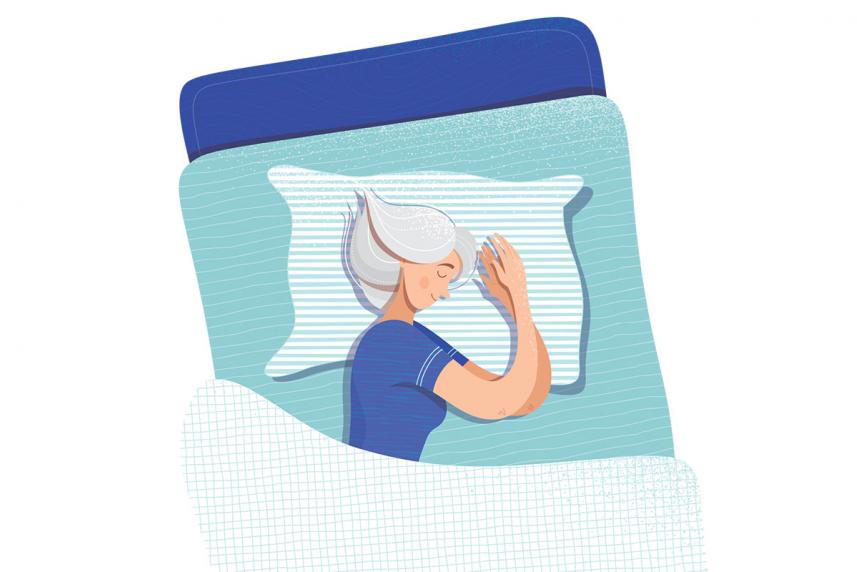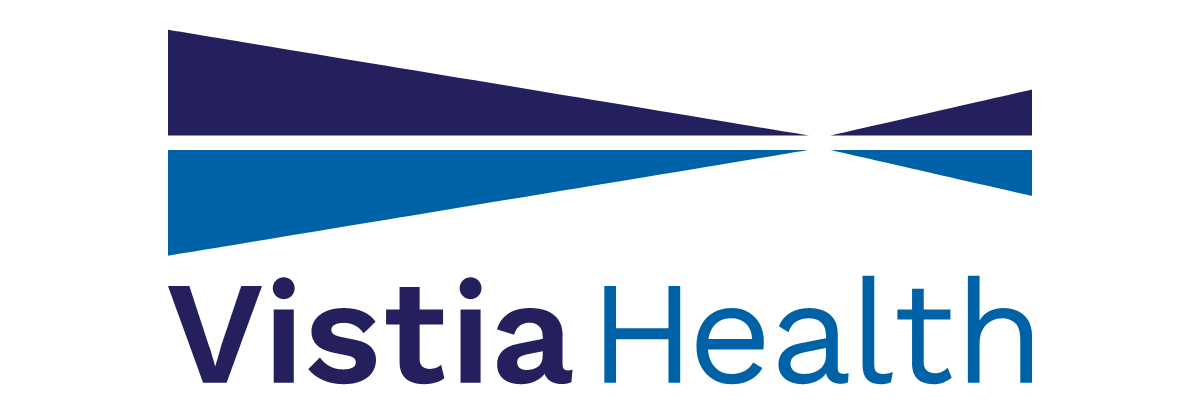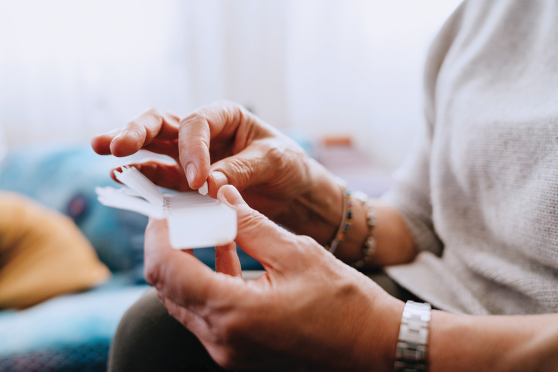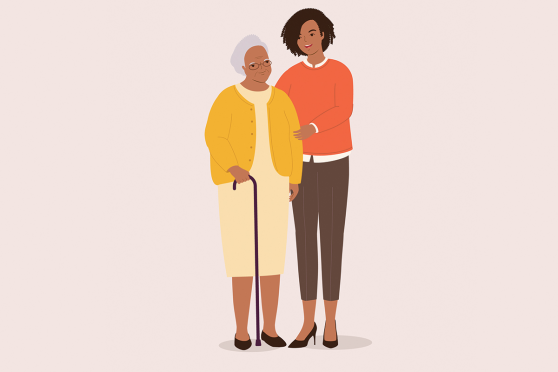The art of the healthy nap
The right kind of daytime snooze can brighten your mood and sharpen your mind. We’ve rounded up expert-backed steps so you can get the most from your Z’s.

Love a cozy afternoon nap? You’ve got company — 32% of those in their 50s and 60s told a national Pew Research Center poll that they’d napped in the previous 24 hours. Naps turbocharge your mental energy and lower the risk of high blood pressure. Occasional naps — once or twice a week — may even reduce your risk for heart attacks and strokes.
“Short naps can be great for productivity, thinking skills, and memory,” says Venkata Buddharaju, M.D., a sleep medicine specialist and director of the Sleep Center at Thorek Memorial Hospital in Chicago. He’s also the author of Better Sleep, Happier Life: Simple Natural Methods to Refresh Your Mind, Body & Spirit.
Here’s what to do to get the most out of nap time.
1. PLAN TO NAP BEFORE 2 P.M.
You’ll feel less groggy when you wake up, and your nap won’t interfere with your nighttime sleep. The reason: Naps taken before midafternoon drop you into mostly light, non-rapid-eyemovement stages of sleep. Naps later in the day, though, can send you into deeper, slow-wave sleep that can be tough to wake up from, according to the Sleep Foundation.
2. SIP SOME COFFEE OR A CUP OF BLACK OR GREEN TEA BEFORE YOU NAP.
It sounds crazy, but it’s actually brilliant timing. The caffeine in your drink will start boosting alertness around the time your nap is ending.
3. KEEP IT COOL.
The optimal room temperature for sleep for most people is about 60° F to 67° F, according to the Sleep Foundation. Scientists haven’t looked closely at connections between room temperature and nap quality, but studies of overnight sleep show that being too warm may interfere with the natural drop in core body temperature that helps you fall asleep — and stay asleep.
4. ACCESSORIZE YOUR NAP.
The optimal nap environment is comfortable, cool, dark, and quiet. Choose your bed or wrap yourself in a light blanket on the couch. Wear earplugs and an eye mask to minimize distractions. In one study, those accessories helped people fall asleep faster in a bright, noisy room. On the go? If you’re traveling or away from home for any reason, keep a “nap kit” handy so that you’re ready when the urge (or the opportunity) for an afternoon snooze arises.
5. SNOOZE FOR ABOUT 10 TO 20 MINUTES.
Five-minute naps are too short to be refreshing, and sleeping for more than 30 minutes can leave you feeling groggy when you wake up. That’s according to researchers from the University of South Australia who tested sleepiness and alertness in a nap study. So try to keep your nap in the 10- to 20-minute range. Set an alarm on your phone so that you stay in the sleep sweet spot.
6. AFTER YOUR NAP, WASH YOUR FACE. THEN FIND A SUNNY SPOT.
Splashing a little cool water on your face will shake off grogginess. Exposure to bright, natural light can boost afternoon alertness, which can improve your brain’s ability to do mental tasks.
All naps are not created equal
Afternoon snoozes that are too long or start too late in the day can leave you groggy and interfere with a good night’s sleep. And they can be associated with other issues as well.
If you nap for more than 60 to 90 minutes several days a week, talk to your doctor, advises Dr. Buddharaju. It could be a symptom of nighttime sleep disruptions due to obstructive sleep apnea or chronic pain such as arthritis. “Taking really long naps regularly could also be a sign of diabetes or cardiovascular disease,” he notes.


